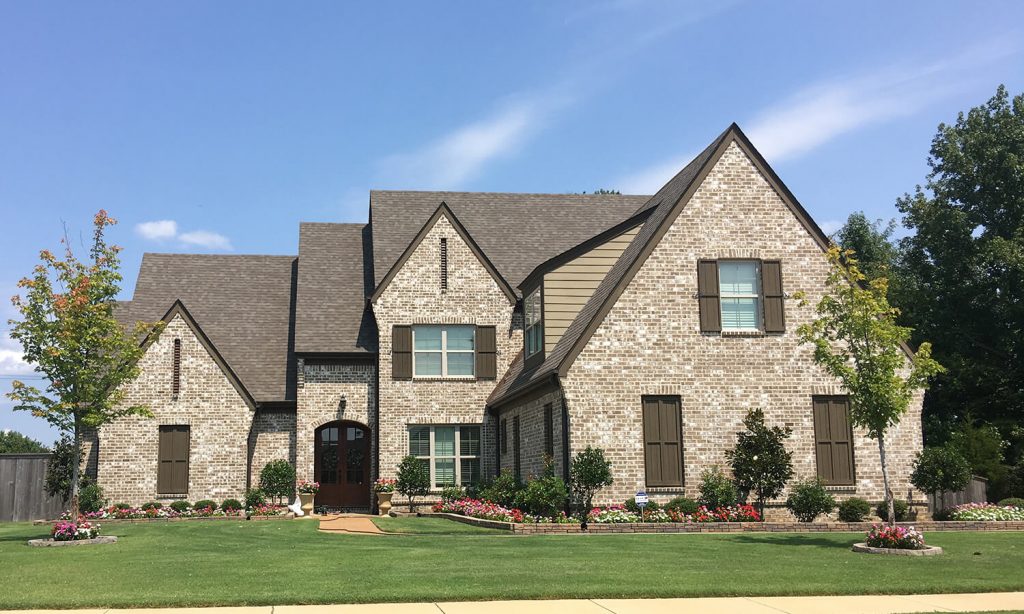Modern builders and homeowners have a multitude of material options when it comes to new builds, weighing factors like time, budget, labor, and longevity to aid decision-making. Quick design solutions such as siding can appeal for some projects like moderate residential homes, apartments, and mobile homes since they will install easily and for a slightly lower cost. Compared to a classic, value-adding material like brick however, siding is not able to match the number of significant benefits.
HardiePlank® fiber cement lap siding is one of the nation’s leading brands, used throughout North America for exterior remodeling and new projects. How does this product compare to the quality and value of North Georgia Brick options? Will a HardiePlank exterior need to be replaced or remodeled before a gorgeous exterior created with North Georgia Brick? Let’s gain a better understanding of why brick is better with this comparison of Brick vs HardiePlank:
Appearance – HardiePlank products feature ColorPlus® Technology that captures a region’s most popular colors. Along with smooth and artificial wood textures, HardiePlank provides customizable options to help add more personality to traditional, mundane siding. While these custom features offer enhanced design capabilities, they can also result in an unnatural look or be used in combinations that don’t age as well over time.
When it comes to the look of gorgeous brick, there’s good reason why respondents of the National Association of Home Builders survey ranked brick as the top home exterior choice: From classic reds to whites, creams, grays, pastels, and deep earthy shades, brick comes in a breathtaking array of tones and textures for tremendous versatility. Multi-colored brick options offer flecks and visual interest that are easy to design against, and white-washing allows for luxurious customization as well. Brick is decidedly more elegant and artistic than HardiePlank, easily creating a more expensive-looking curb appeal.
Cost – Fiber cement siding costs less than wood, but more than vinyl siding. Although brick may cost slightly more, brick masonry has a one-hundred-year lifespan and will retain a home’s resale value (according to The National Institute for Standards and Technology (NIST). In contrast, HardiePlank siding products only come with a 30-year, non-prorated warranty.
Also, HardiePlank will require proper priming and enough coats of high-quality paint to maintain an attractive appearance for at least a decade. Since HardiePlank will need to be repainted every 7-10 years, which makes it more costly than brick over time, an investment in brick will get you better mileage for your dollar, serve the property better on the housing market, and will prove to be the superior financial choice.
Performance – Brick is clearly built to last, providing water-resistant walls that divert moisture and provide superior natural thermal mass properties. This ability to absorb, retain, and release heat also means that it takes less energy to heat and cool brick homes. In addition, brick is extremely fire-resistant and can even withstand direct flames for over an hour. Although fiber cement siding is listed as non-combustible and hail-damage resistant, not all HardiePlank varieties are listed as waterproof and those products will cost extra for waterproof composition. Fiber cement siding will not perform better than brick!
Ultimately, the stellar combination of appearance, durability, longevity, performance, and buyer confidence gives brick the greater advantage for builders and homeowners alike. Brick exteriors will retain value, sell for more, and lower repair costs no matter who owns the property!
Ready to get started on your next great build with brick? Explore our showrooms and let our experts help you create a dazzling look that will get you the most for your investment!


Recent Comments